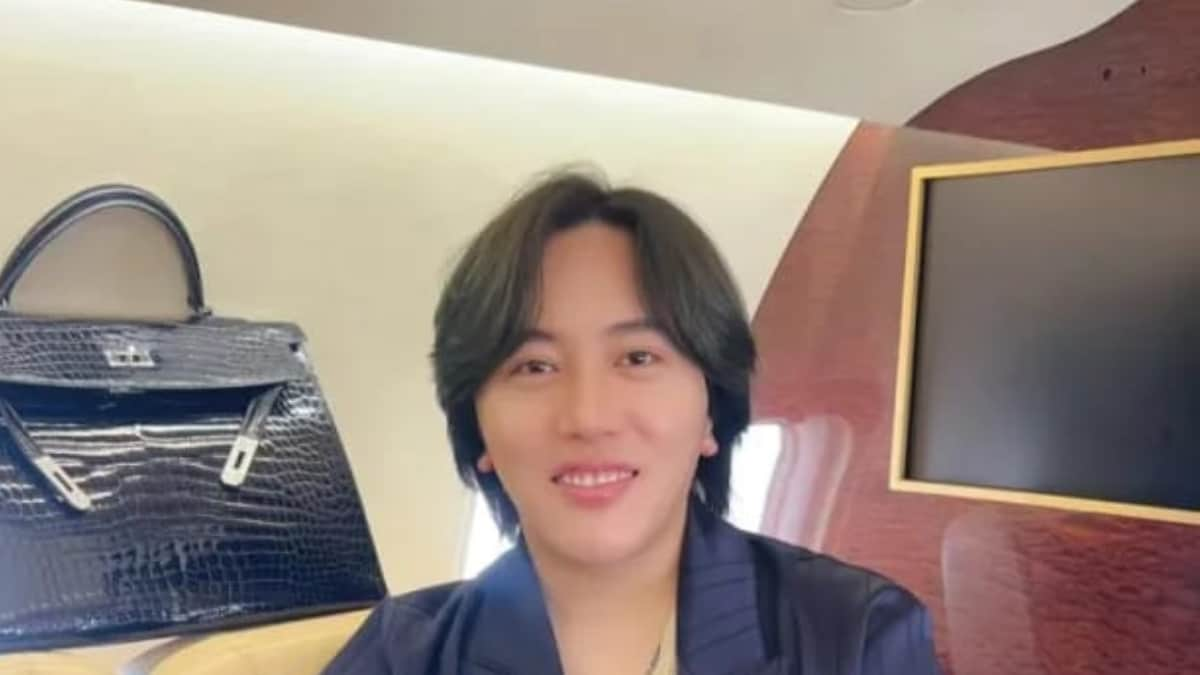Wang Hongquanxing, a Chinese influencer known as “China’s Kim Kardashian,” has become a symbol of the Chinese government’s crackdown on flaunting wealth. His rise to fame and subsequent ban from social media highlight the growing tensions between extravagance and social responsibility in China. This essay explores the reasons behind his popularity, the controversies surrounding his lavish lifestyle, and the implications of his ban.
The Rise of “China’s Kim Kardashian”
Wang Hongquanxing’s appeal lies in his carefully curated image of wealth and extravagance. Like his namesake, Kim Kardashian, he presents himself as someone living a life of luxury, constantly surrounded by designer clothes, opulent jewellery, and an army of staff. He unabashedly flaunts his riches, boasting about his seven luxury properties and his never-leaving-home-without-a-million-dollar-worth-of-jewelry routine. This blatant display of wealth resonates with a specific audience, captivating viewers with its allure and sparking a sense of awe and envy.
The Appeal of Extravagance
His posts, particularly the one featuring him on his knees begging his mother for money despite his designer clothes, strike a chord with the audience. The contrast between his wealth and his display of filial piety generates a powerful narrative that plays on cultural values like family, respect, and tradition. This unexpected twist resonates with a broad audience, sparking curiosity and admiration for a figure who embodies both ostentatious luxury and filial devotion. This intriguing mix allows him to engage a wider range of followers, tapping into both the fascination with wealth and the importance of traditional values in Chinese society.
The Controversy of Wealth and Excess
Despite the appeal of his extravagant lifestyle, Wang’s fame has been marred by controversies surrounding his source of wealth and his public displays of luxury. The Chinese government, particularly in recent years, has actively sought to curb ostentatious displays of wealth, promoting social equality and fostering a sense of shared prosperity.
The Government Crackdown
Wang’s ban from Douyin, China’s version of TikTok, is a testament to this ongoing campaign against excessive displays of wealth. The government’s intention is to counter the growing social disparity, encourage a spirit of shared prosperity, and prevent the emergence of a perceived elite that flaunts its wealth while neglecting societal responsibilities. The ban on Wang highlights the government’s commitment to this initiative, seeking to discourage individuals from leveraging their wealth for personal gain and social recognition, while promoting values of social responsibility and humility.
The Future of “China’s Kim Kardashian”
Wang Hongquanxing’s story offers a glimpse into the evolving dynamics of wealth, social influence, and societal values in contemporary China. His rise to prominence and subsequent ban represent a crucial intersection between individual ambition, public perception, and government policy. As China continues its journey towards economic and social progress, the role of individuals like Wang in shaping public discourse and setting cultural trends will continue to evolve, guided by a balance between individual expression, social responsibility, and government regulation.
Takeaway Points
- Wang Hongquanxing’s success as “China’s Kim Kardashian” illustrates the appeal of extravagant lifestyles in certain segments of Chinese society.
- The controversy surrounding his wealth and public displays of luxury reflect broader concerns about social inequality and the government’s commitment to promoting a culture of shared prosperity.
- Wang’s ban from Douyin highlights the government’s active role in regulating public displays of wealth and discouraging conspicuous consumption.
- This case offers valuable insights into the interplay between wealth, influence, and societal values in contemporary China, showcasing the dynamic and evolving relationship between individual expression, government policy, and public opinion.









